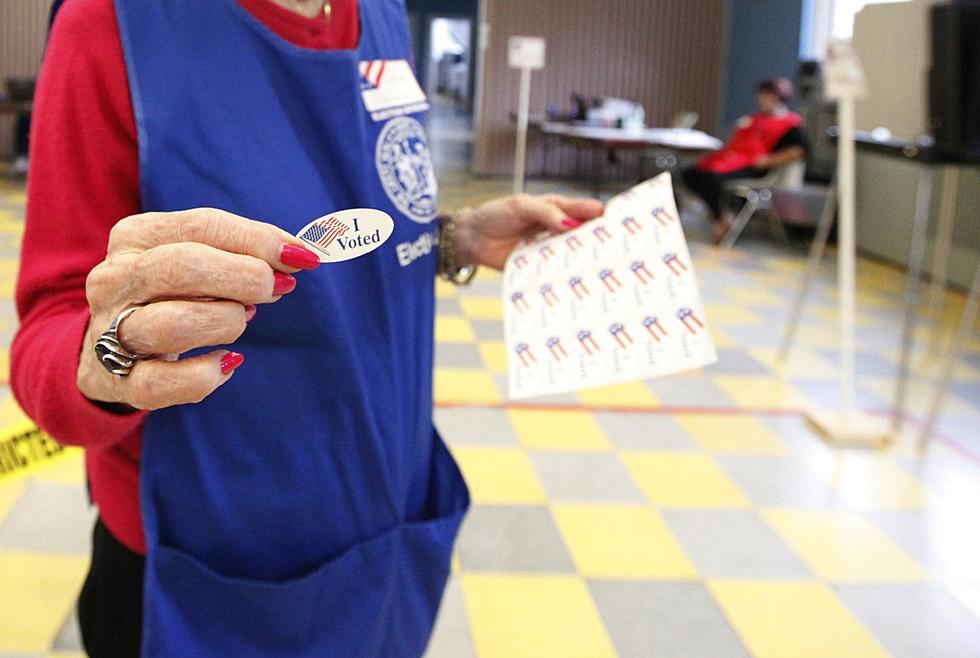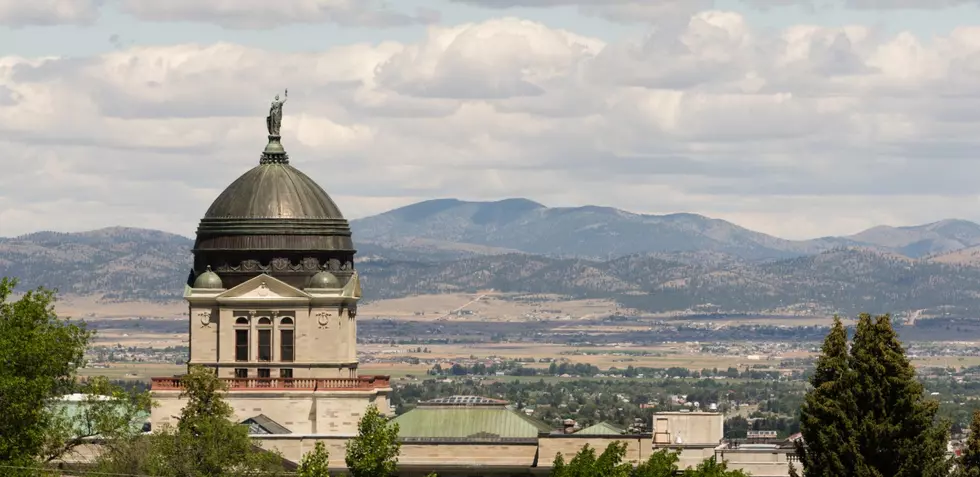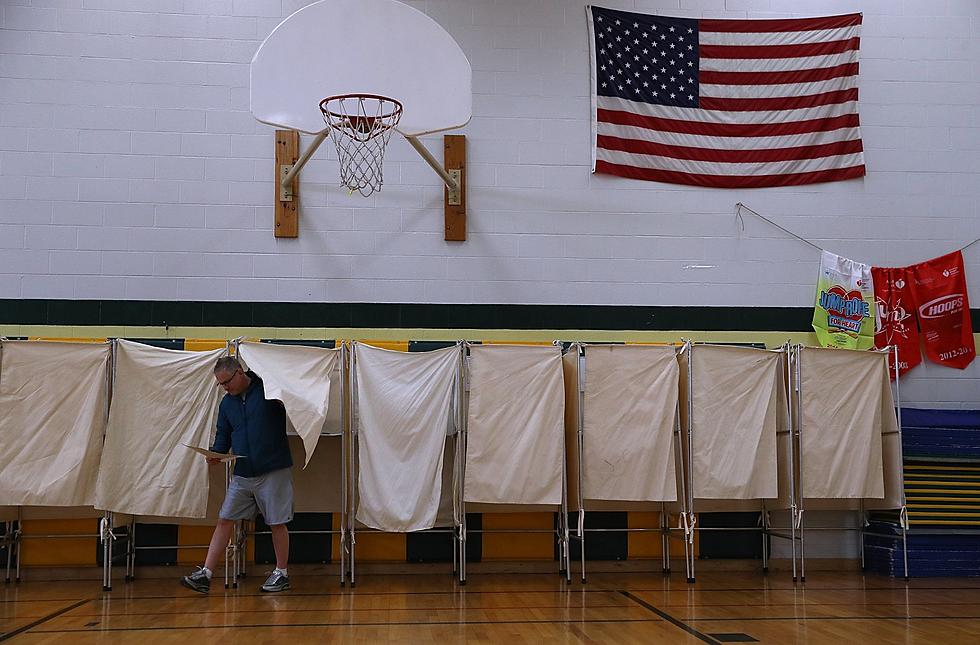
How does Montana ensure the integrity of mail-in ballot elections?
The following story is from the Char-Koosta Newspaper on the Flathead Indian Reservation.
- Jun 4, 2020
Nancy Leifer and Nancy Maxson, Co-Presidents of the League of Women Voters of Missoula
"For the June primary election, every Montana voter had the opportunity to vote using a mail-in ballot. For some voters this was a new experience, requiring you to put your ballot first in a “secrecy” envelope and then put that envelope into a mailing (or “signature affirmation”) envelope.
How does Montana ensure voters’ mail-in votes are protected and correctly counted?
When the elections office receives your ballot, the election worker scans the barcode printed on your mailing envelope. This opens your voting record on the Voter Database, which the Montana Secretary of State maintains.
The election worker verifies that your signature on the mailing envelope matches your signature in the database. If there is a problem with your signature or you forgot to sign, the Elections Office may call you to correct the problem.
If the signatures are correct, the election worker then checks off that your ballot was received on your voting record. You can track your ballot and make sure the elections office has received it on the MyVoter webpage https://app.mt.gov/voterinfo/
The ballots in their mailing envelopes are kept in a locked and secure storage area as they are received.
The entire ballot handling process is done under strict rules to ensure your vote is protected from fraud. To further protect our elections from fraud, Montana also allows citizens to “observe” the ballot preparation and counting process at the election office and at polling places. In counties with larger populations, video surveillance cameras are used to protect ballot security.
One to three business days before election days (depending on the number of voters in the county) elections offices are permitted to begin opening the mailing envelopes, removing the ballots from their secrecy envelopes and preparing the ballots for tabulation, after which the ballots are again locked in a secure room. Election judges work in teams of two to ensure accuracy and that no ballot is misplaced or mishandled. The person who opens the signature envelope is not the same person who opens the secrecy envelope, ensuring that your identity is kept separate from your ballot.
Depending on the number of voters in the county, the process of tallying ballots cannot begin until either election day or the day before. Votes are tallied either by hand or by machine and all original paper ballots are kept in case the votes need to be recounted.
If you had trouble with your voter registration, the elections office may have asked you to vote a “provisional” ballot. Provisional ballots are not counted until the Monday after election day.
Montana law requires that all voting be done with paper ballots and ensures that election results are verified. The Secretary of State randomly selects precincts to be counted by hand in each county that uses ballot tabulation machines, to ensure that ballot counting machines are accurate. These audits include one statewide race, one federal race, and one legislative race. Paper ballots are also essential in conducting recounts of very close races.
Once all the votes have been tallied, the Vote Canvas Board verifies that each county has accounted for all the ballots voted in the election. The Secretary of State finally certifies the election by June 16.
We are fortunate to live in a state that has so many provisions to safeguard the integrity of our election process".
The League of Women Voter has been registering voters and providing non-partisan voting information for 100 years. Membership is open to men and women, citizens and non-citizens age 16 or over. For more information about the League, go to our web site: lwvmissoula.org.
READ MORE: Here are 50 ways you can improve your work from home lifestyle
More From KMMS-KPRK 1450 AM









